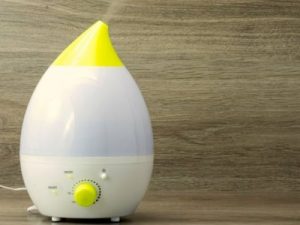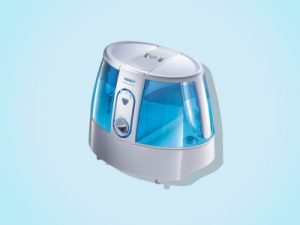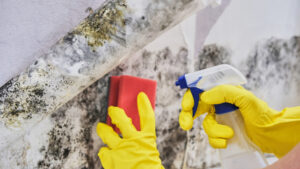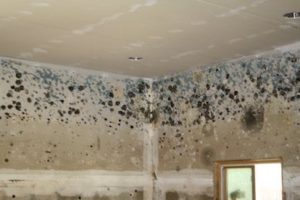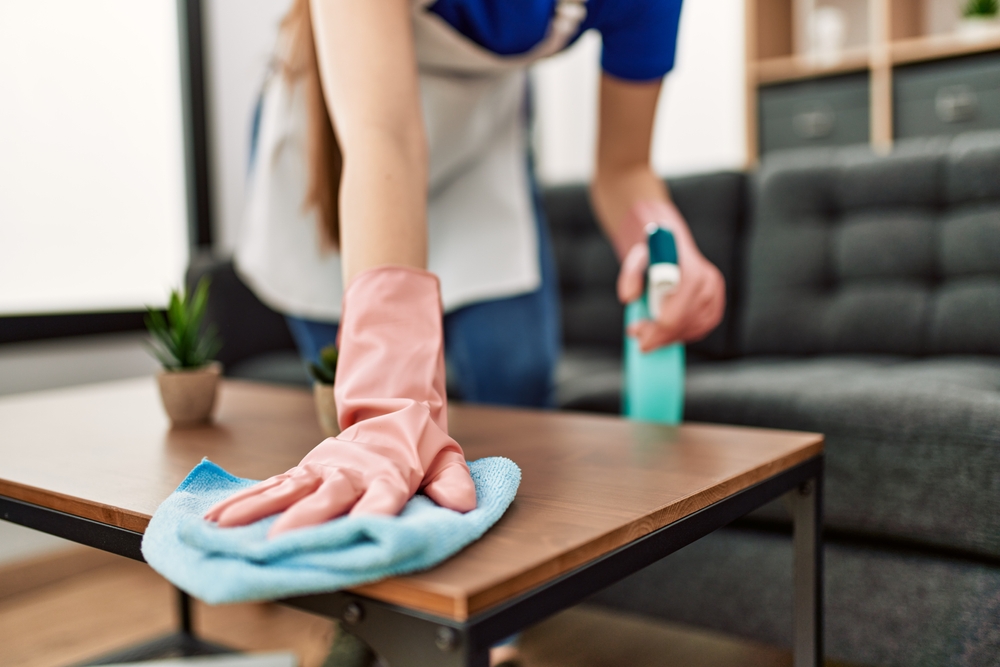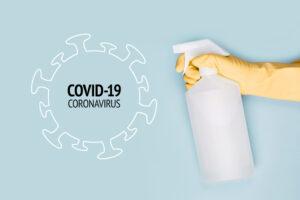
How do you classify cancer-causing ingredients?
It can be rather difficult to understand the cancer risk possessed by an ingredient, especially since the FDA and EU constantly change their conclusions.
Both regulatory bodies review their own reports published by the World Health Organization’s (WHO) Independent Agency for Research on Cancer (IARC), which classifies compounds into five separate categories. Ready to see what the main ingredients are that you should avoid as much as possible?
Phthalates
This is a plasticizer used to soften various types of plastics and also stabilize fragrances. You will usually encounter phthalates in aerosol air fresheners. They aren’t chemically bound to plastics, which means they can easily leech from plastic packaging.
According to the WHO, this substance is possibly carcinogenic to humans, even if it is commonly listed as a fragrance or even perfume.
Chlorinated bleaches
Household bleaches are oftentimes used in various cleaning products and are meant to disinfect, remove stains, and also deodorize. According to the WHO, chlorinated bleach shouldn’t be classified as carcinogenic to humans. The most common ingredient labels you will read include “bleach”, “bleaching agents”, and “chlorine-based bleach”.
Parabens
It is used as a preservative in a variety of household products. They inhibit the growth of bacteria and fungus, prolonging shelf lives. As it turns out, the WHO hasn’t pronounced a “sentence” on parabens.
When you read the labeling, search for “preservatives” or ingredients ending in “-paraben” (“methylparaben”). Just as phthalates are proven to be xenoestrogens, parabens are easily detectable in various urine samples.
Since the 1990s, evidence has shown that parabens can stimulate the growth of breast cancer cells. Moreover, in 2004, unmetabolized parabens were found in human breast cancer samples for the very first time.
Quaternary Ammonium Compounds
Cationic surfactants are used to reduce surface tension and disperse dirt. Moreover, it has been proven that they are particularly effective when it comes to detergents and fabric softeners.
Quaternary ammonium compounds are generally used as preservatives, and you will find them in pharmaceutical eye drops and nasal sprays, as well as in higher concentrations in shampoos.
There’s evidence for carcinogenicity, but it is wildly controversial and currently lab-based. Back in 2006, there was a productive study that showed the presence of DNA damage in exposed lung tissue, which was also backed by a 2007 study proving DNA damage in red and white blood cells. In exchange, another 2005 study showed no evidence of cancer activity in mammalian cells.







